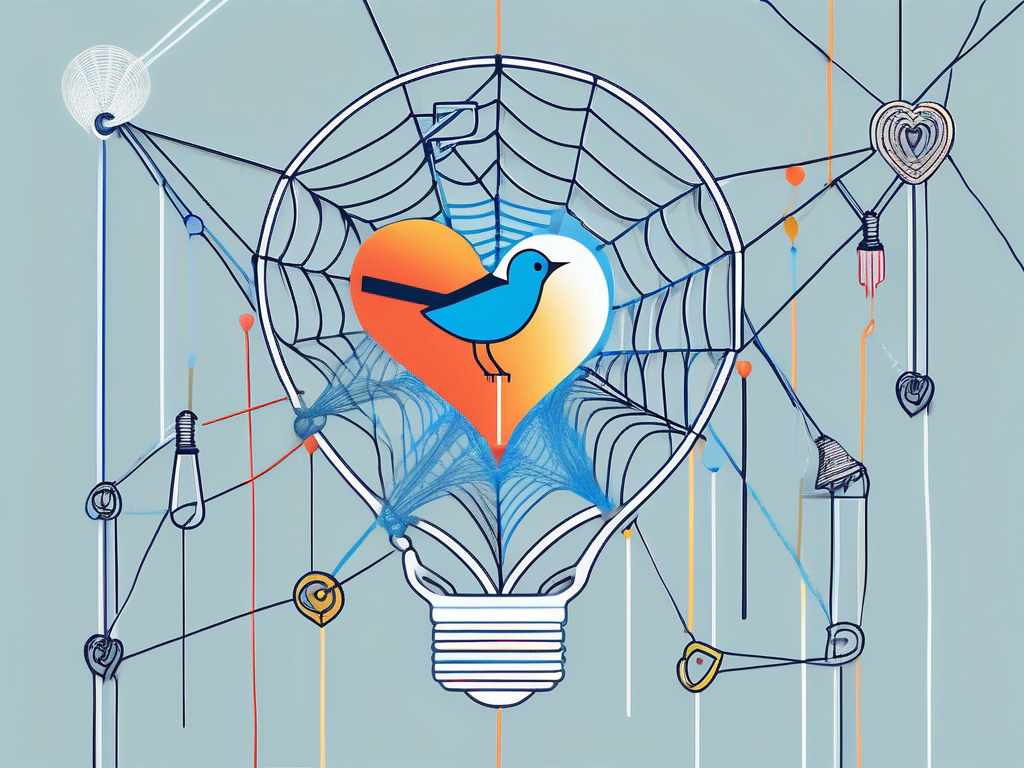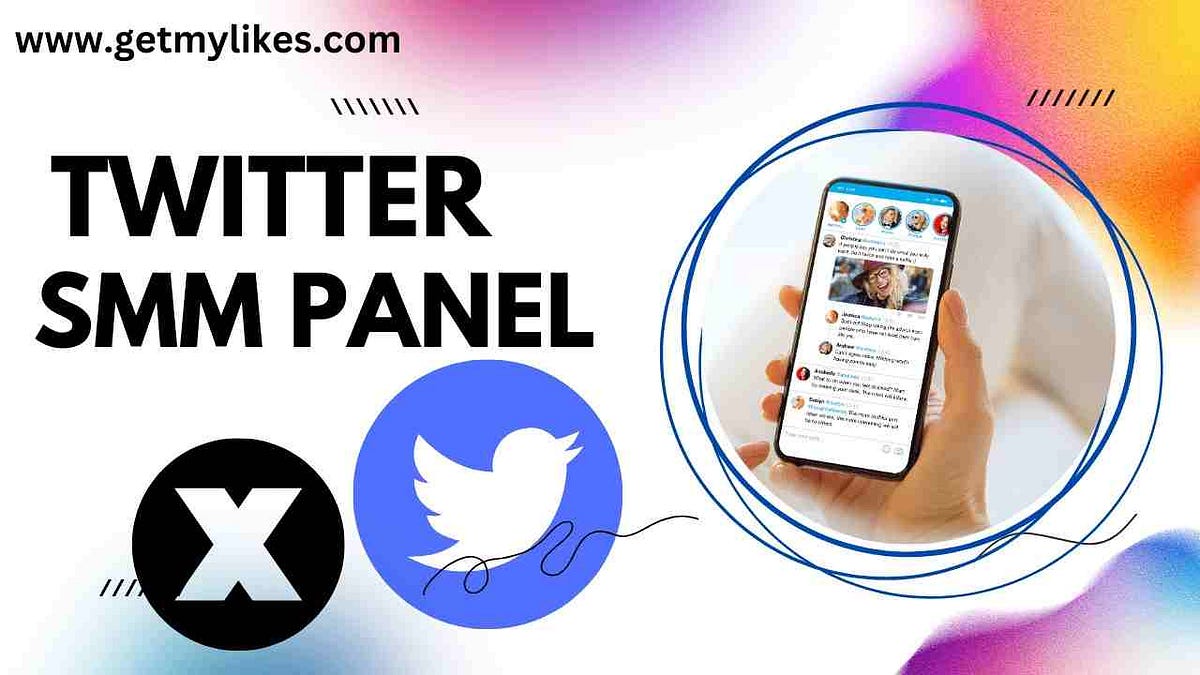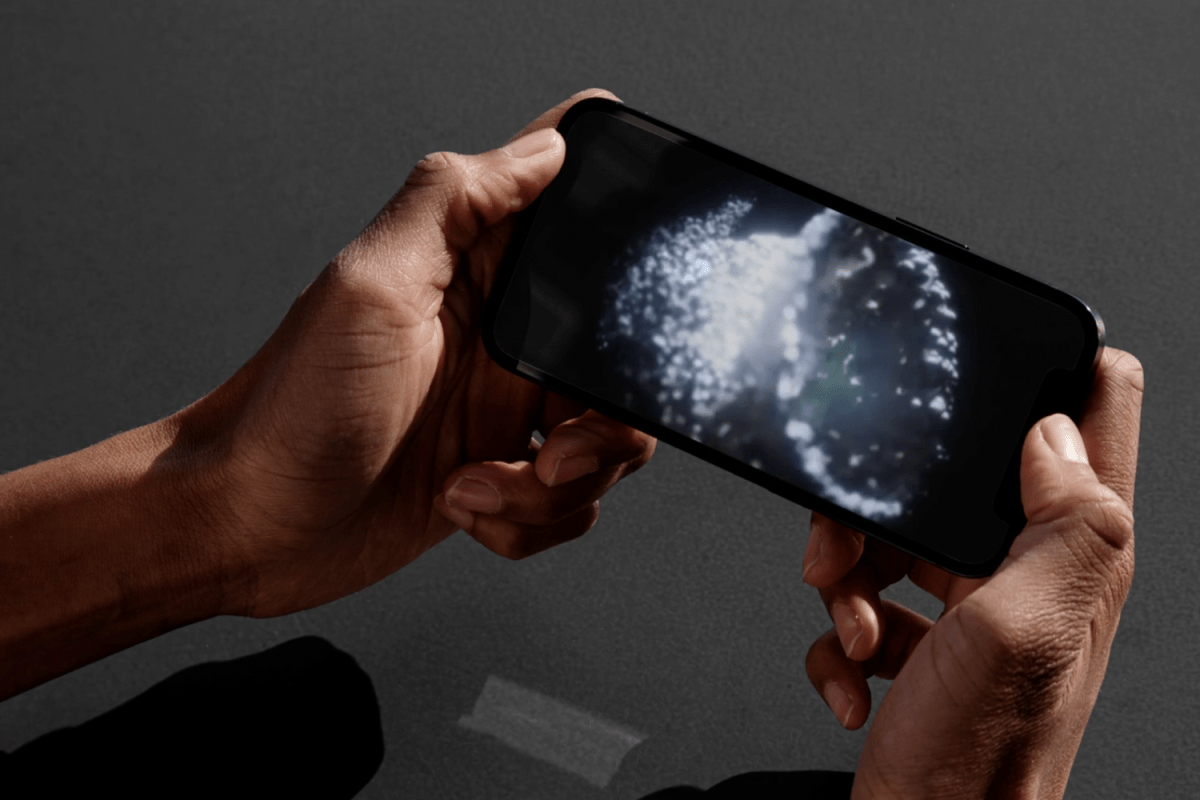In the vast digital landscape of Twitter, storytelling is an art that can transform your 280-character tweets into a compelling narrative that keeps your followers hooked. The power of storytelling is immense, and when used effectively, it can help you build a strong connection with your audience, increase your reach, and enhance your brand’s visibility. But how do you craft captivating Twitter threads that stand out in the sea of tweets? Let’s dive in and uncover the secrets.
The first rule of storytelling is to grab the reader’s attention from the get-go. Your opening tweet is your hook, the bait that lures in your audience. It needs to be intriguing, thought-provoking, and enticing enough to make your followers want to click on ‘show this thread’.
Start with a powerful statement, a provocative question, or a surprising fact. Make it personal, relatable, and emotionally resonant. Remember, your goal is to spark curiosity and create a desire to know more.
Emotive language is a powerful tool that can make your tweets more engaging and impactful. It helps you connect with your audience on a deeper emotional level, making your stories more memorable and shareable.
Use words that evoke strong emotions, paint vivid images, and create a sensory experience. But remember, authenticity is key. Don’t overdo it or your tweets might come off as insincere or melodramatic.
Twitter is all about brevity. With a 280-character limit, you need to keep your tweets short, crisp, and to the point. Avoid jargon, complex sentences, and unnecessary details. Your story should be easy to follow and understand.
Break down your story into bite-sized tweets. Each tweet should convey a single idea or event. This makes your thread easier to read and more engaging. Remember, clarity is king when it comes to storytelling on Twitter.
Lists and bullet points are a great way to organize information and make your tweets more readable. They help break down complex ideas into digestible chunks, making your story easier to follow.
Use the <ol> and <ul> HTML tags to create ordered and unordered lists. But remember, Twitter doesn’t support HTML, so you’ll need to use emojis or special characters to create bullet points.
Visuals are a powerful storytelling tool. They can make your tweets more engaging, memorable, and shareable. Use images, GIFs, videos, infographics, or emojis to add a visual element to your story.
Visuals can help convey emotions, set the mood, illustrate concepts, or simply break the monotony of text. But remember, your visuals should complement your text, not distract from it. Use them strategically to enhance your story, not overshadow it.
Not all visuals are created equal. To make the most of your visuals, you need to optimize them for Twitter. This means using the right dimensions, file formats, and compression settings.
Also, consider accessibility. Use alt text to describe your visuals for those who use screen readers. This not only makes your tweets more inclusive but also helps improve your SEO.
Storytelling is not a one-way street. It’s about building a connection with your audience, sparking conversations, and fostering a sense of community. Engage with your followers by asking questions, seeking feedback, or encouraging them to share their own stories.
Respond to comments, retweets, and direct messages. Show appreciation for your followers’ engagement. This not only helps build relationships but also boosts your visibility and reach on Twitter.
Polls and questions are a great way to engage your audience and make your threads more interactive. They can help you gather insights, spark discussions, or simply add an element of fun to your story.
Use the poll feature to ask your followers their opinion or use open-ended questions to spark discussions. This not only increases engagement but also makes your followers feel valued and heard.
A compelling story deserves a compelling ending. And on Twitter, that means a call to action. Encourage your followers to take action, whether it’s sharing your thread, visiting your website, signing up for your newsletter, or simply liking your tweet.
A strong call to action can help you achieve your goals, whether it’s increasing your reach, driving traffic to your website, or growing your email list. But remember, your call to action should be relevant, clear, and compelling.
Power words are persuasive words that trigger an emotional response. They can make your call to action more compelling and effective. Use power words that evoke urgency, curiosity, or excitement.
But remember, your call to action should align with your story and your goals. Don’t use a call to action for the sake of it. Make it meaningful and relevant.
Storytelling on Twitter is an art that requires practice, creativity, and a deep understanding of your audience. But with these secrets in your arsenal, you’re well on your way to crafting captivating Twitter threads that keep your followers hooked. So go ahead, start tweeting your story!
Ready to elevate your Twitter tales and start writing great content that resonates with your audience? Join the Postlyy community today and gain access to a treasure trove of free tools, tips, and expert advice designed to help you connect, engage, and build a loyal following. Don’t just sell — tell a story that captivates and creates lasting connections. Start your journey to content royalty now!










